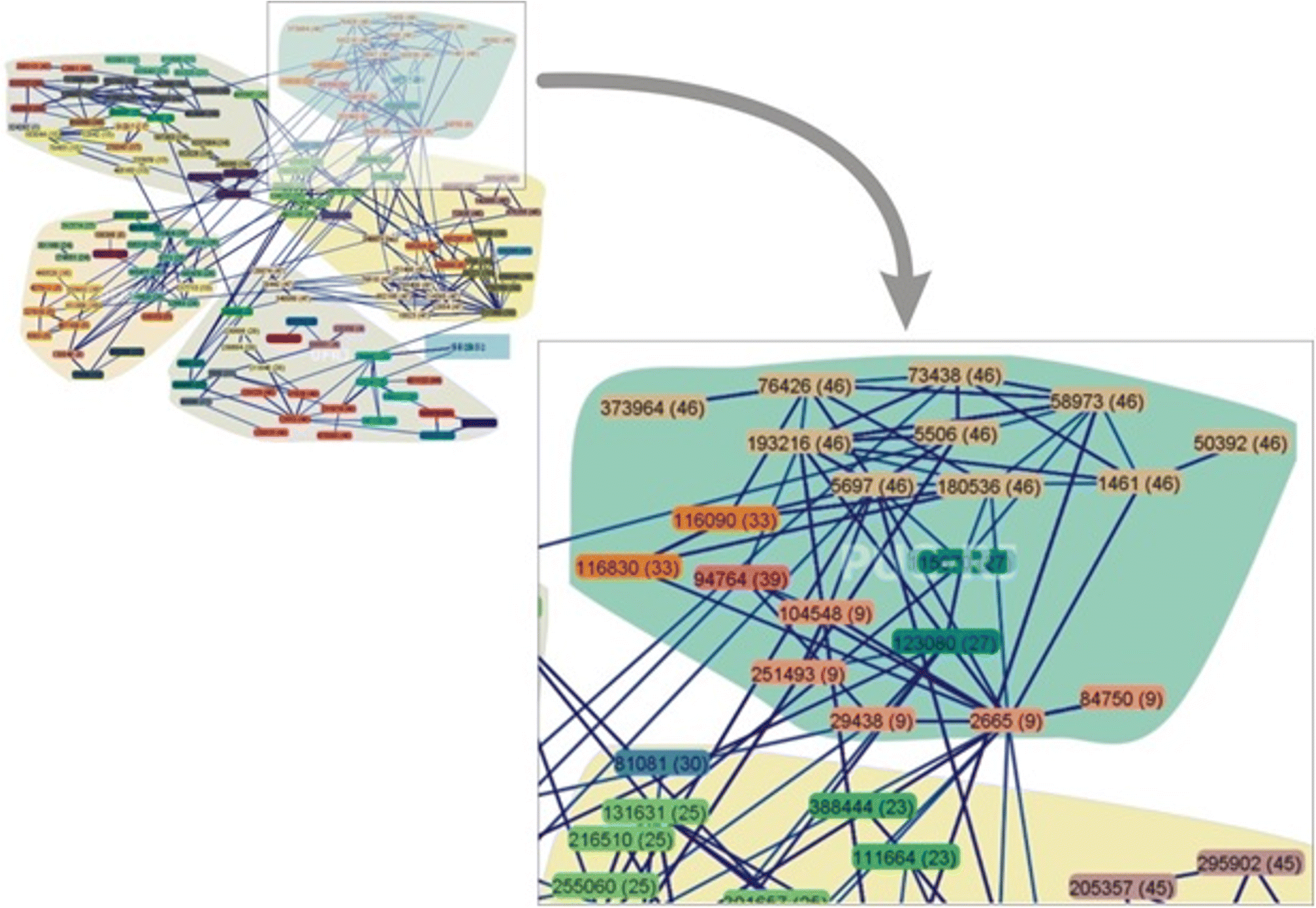

The number of times an immediate neighbor acquires a product within a predetermined window of time after the original node had purchased that product. Individual node's network value multiplied by that node's churn probability. Individual node value, also factoring in the value of a node's immediate neighbors. For example, A may have more connections than B, but if B is located in a highly connected region of the graph while A is located in isolated region, A would have higher degree influence, but lower Eigen influence. Number of connections a node has (also known as, degree centrality).Ĭorrelated with degree influence, but taking into account the pattern of connectivity around the node. The number of direct connections a node has with other nodes (also known as, first-order centrality). The average number of connections of a node's immediate neighbors. Measure by number of immediate neighbors for a node that have churned recently (during the period used to construct the graph). Table 7-1 Social Network Analytics Concepts and Terms SNA Concept or Term Increase conversion rates for cross-sell and up-sell campaigns. Identify rotational churners through social signatures. Profile off-net prospects using community membership information.įocus retention marketing on high social network revenue segments.Īugment existing customer segmentation capabilities. Use Oracle Communications Data Model Social Network Analytics and the associated reports and tools to assist you with: User interface targeted at business users and flexible, ad-hoc reporting. Predictive scores for churn and influence at a node level, and potential revenue and value at risk. Network metrics characterizing the social graph. Identification of social network communities. Oracle Communications Data Model Social Network Analytics features include:


 0 kommentar(er)
0 kommentar(er)
